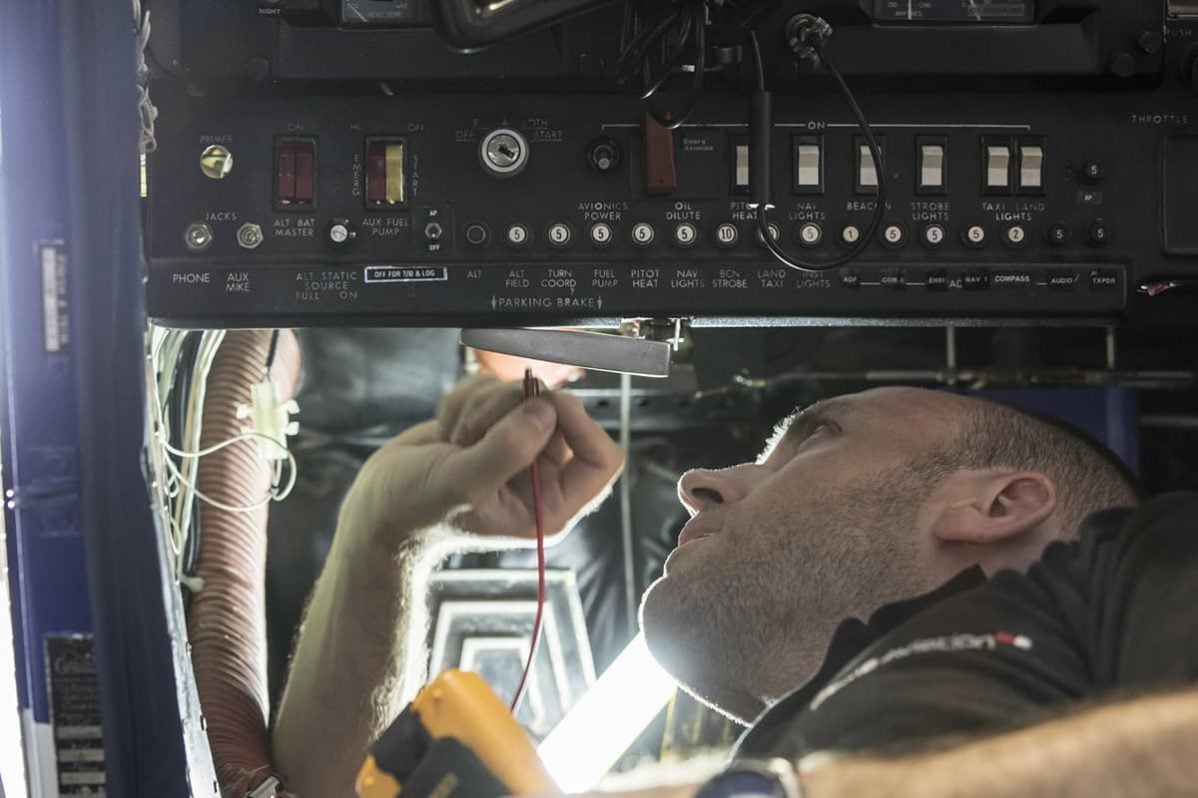
CAMO software. Good in equals good out.
High standards are reliant on having excellent records and software.
Not all CAMOs around Europe operate the same, and consequently different service-levels exist. Ultimately it’s up to the NAA (i.e. CAA in the UK) to audit the CAMOs as often as required to ensure that a minimum acceptable level of support is provided by an approved organization. An owner interested in placing their aircraft with a CAMO should be asking how a facility not only meets the requirements set by the NAA, but looks to exceed them.
One factor that is becoming clear is the growing reliance on IT systems within aircraft maintenance. There are mainstream maintenance tracking systems in the Business Aviation industry that provide a very important tool (such as FlyerTech’s FAME Software). As with all IT systems, however, the information is only as good as the last piece of data inputted.
We’ve found on occasion, when taking over the CAMO from previous providers, that quality control and attention to detail is sometimes lacking; never to a critical extent, but when operating an aircraft, maintenance is often one of the three most-expensive elements of operation. If maintenance tasks become redundant or can be consolidated into bigger checks, this will make for far more efficient maintenance input, and result in a cost and time saving to the aircraft operator.
As an example, last year we took on two aircraft for which we could amend the Maintenance Program to offer the client a cost-saving. This was something the previous provider could have offered, but being a CAMO is a time-intensive requirement, and unless the time put into the maintenance planning and constant assessment is justified, maintenance costs can rise unnecessarily.
Author: Nadeem Muhiddin
Kindly reproduced with the permission of AV Buyer.
www.avbuyer.com
